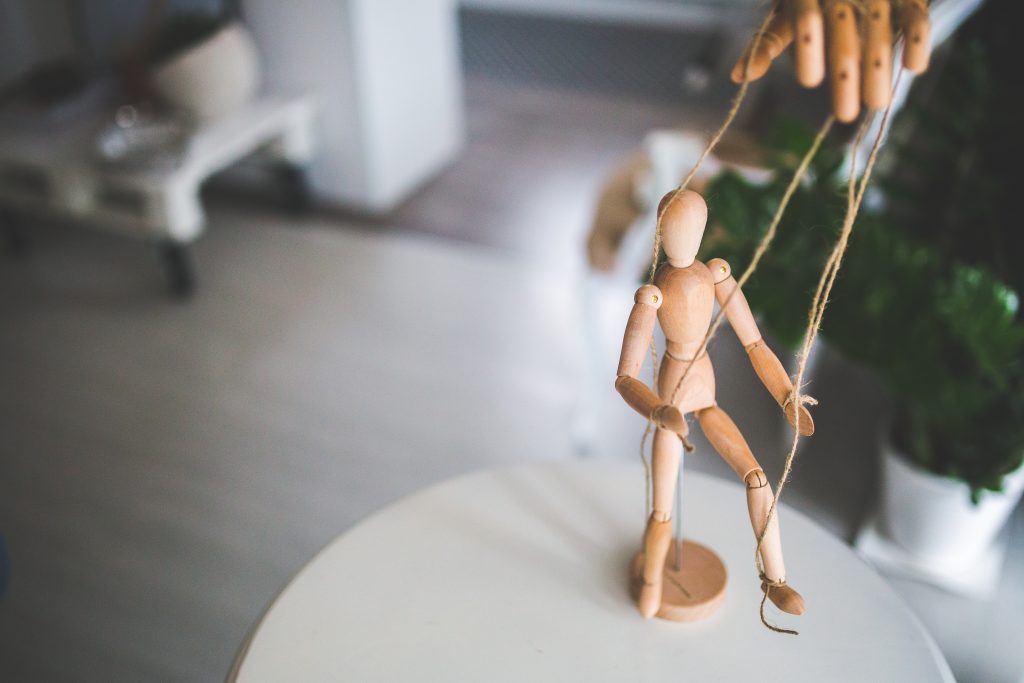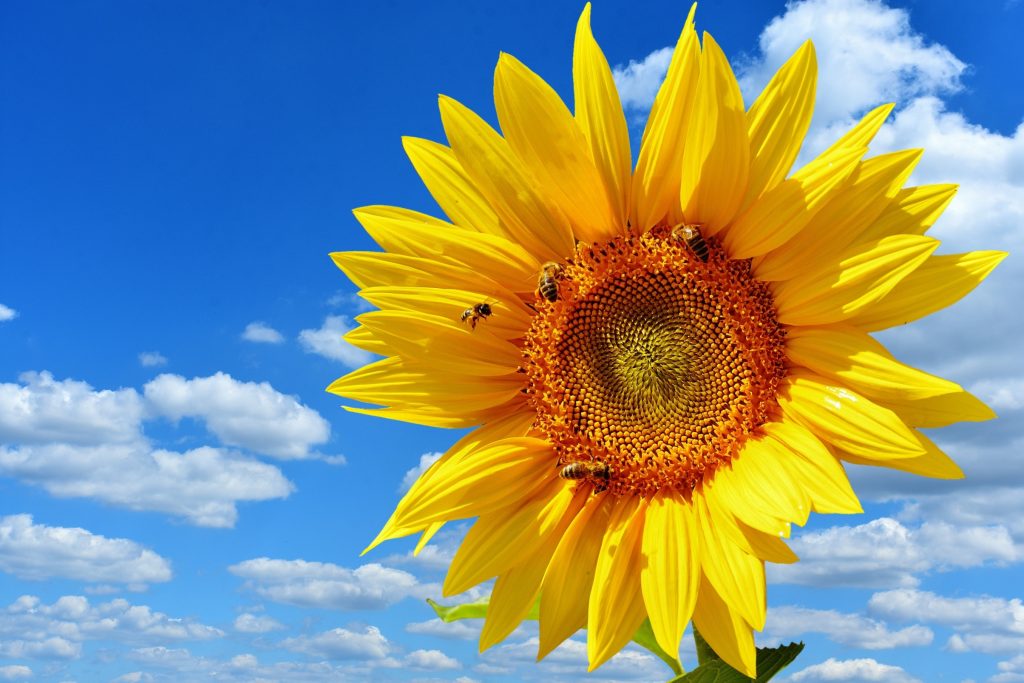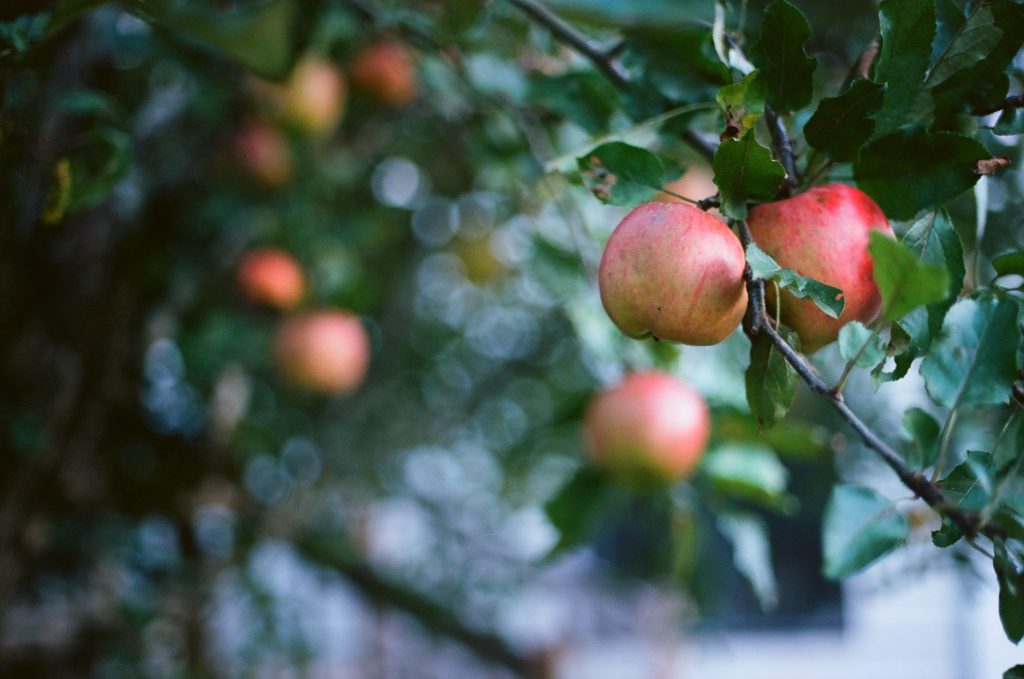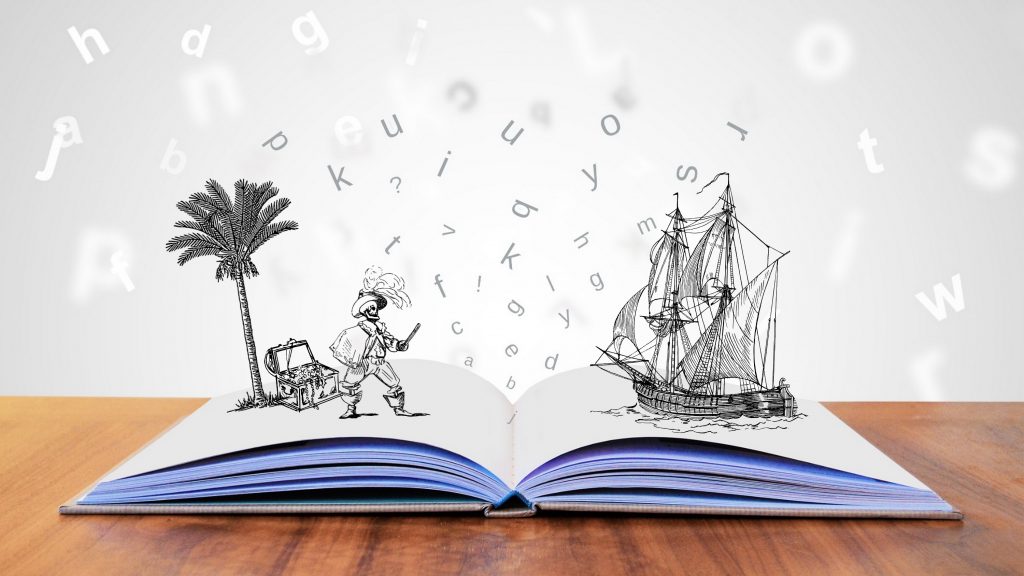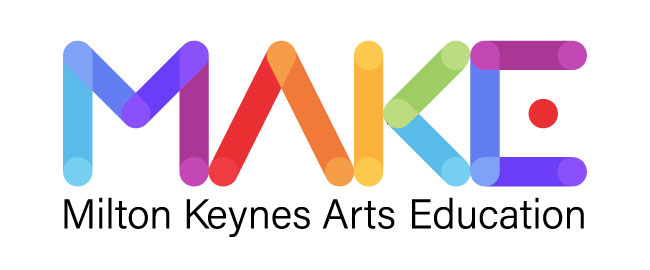Once Upon ATOM
|
Teaching Science through the Performing Arts By Claire Hills (Scramble), Artis Specialist Whenever I’m working with children in developing their drama and storytelling skills, we always try to remember that a good story has a clear beginning, middle and end. This is a cornerstone of children’s literacy studies, but it’s also a transferable concept into other topics, which allows you to maximise learning opportunities. Discovering the story behind the science, be that how something was discovered or dramatising the effects of an experiment, can engage children with science who might not be natural chemists, or provide a familiar structure for children who perhaps struggle with scientific processes. This blog aims to show how storytelling and science can go hand in hand, be that in the classroom or at home, and that creativity is the catalyst not just for Shakespearians – but for scientists too.
Shadow Puppetry – providing an experiment AND a story telling space. It might be an ancient form of puppetry, but the science behind how shadows are made never gets old. Combining the making of a shadow puppet theatre with scientific learning provides a practical experiment as well as a creative space for children to improvise with characters, settings and voice. Give time to making the puppets, choosing a limb or two to animate, and have fun creating your shadow theatre. Experiment with the theatrical effects you can achieve by holding your puppet close to and far away from the light source and let them discover the science. But… then give the children time to experience the joy of storytelling in this scientific setting. Allowing children free play with friends and adults in this medium will not only further develop their scientific understanding of how shadows are made but will also support their speaking and listening skills.
Seed Dispersal and Growing – using sensory experience and dance to become the scientific process. Growing sunflowers from seeds in the classroom is a go to classic when bringing the biology of plants to life, but the process takes time and if you have any little Jaspers* in the class…the beanstalk might suffer an untimely end! Give the plants some time out of the spotlight and instead bring seed dispersal and growing to life through storytelling, dance and sensory toys. Imagine the children are seeds and scatter them across the room, encouraging them to gently and gracefully float to the earth. Be an attentive gardener and ensure they get the three magic ingredients all seeds need to thrive by ‘patting’ them into the soil, ‘singing’ the sunshine and then ‘drenching’ them with a hose pipe! Well, perhaps the mist setting on a spray bottle would be better! Then, play some gentle music to encourage the tiny saplings to grow and explore the movement you can all create together. Try it yourself and you’ll see how storytelling speeds up the germination process, helps concepts take root and allows children to blossom. *Jaspers Beanstalk by Nick Butterworth
Magnas the Greek Shepherd – the stories behind the science. Do you remember the one about the apple falling from the tree and bonking Isaac Newton on the head? I’d be willing to bet just about everyone can remember that story from their early science years. For me, the story behind the science has always been the catalyst to learning. One of my favourites is the story of the Greek shepherd, Magnas, who accidently discovered magnetite when his shoes (or more specifically the iron nails in his shoes) magically stuck to a peculiar rock. The imagery this conjures is creative gold; poor Magnas eventually freeing himself and running home to tell his tale, becoming the local laughing stock as news gets out about his apparent madness until eventually he is vindicated and takes his place in scientific folk law. It might not win any Oscars, but it’ll certainly earn its place in the hearts and minds of your class.
Attract and Repel – creating characters One of the key elements to a good story are believable characters. It’s a delicate combination of familiarity and contrast, good and evil, comedy and tragedy. Get it right and you’ll create a real page turner, get it wrong and your audience will be asleep before you make it to the end of chapter one. Strong characters make great drama and fascinating science creates captivating characters. Sticking with magnets and the basic concept of how they attract and repel and you straight away have fun characteristics of people. Use science to develop your children’s creative vocabulary in positive and negative body language, to deepen their understanding of how choices of words can endear or infuriate and how their actions can appeal or divide. |
01 Jul 2020 |

